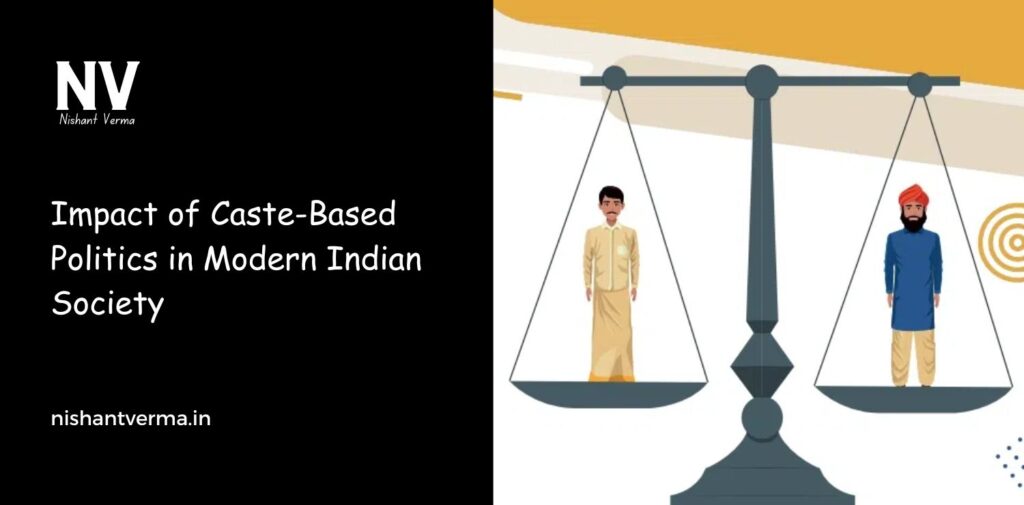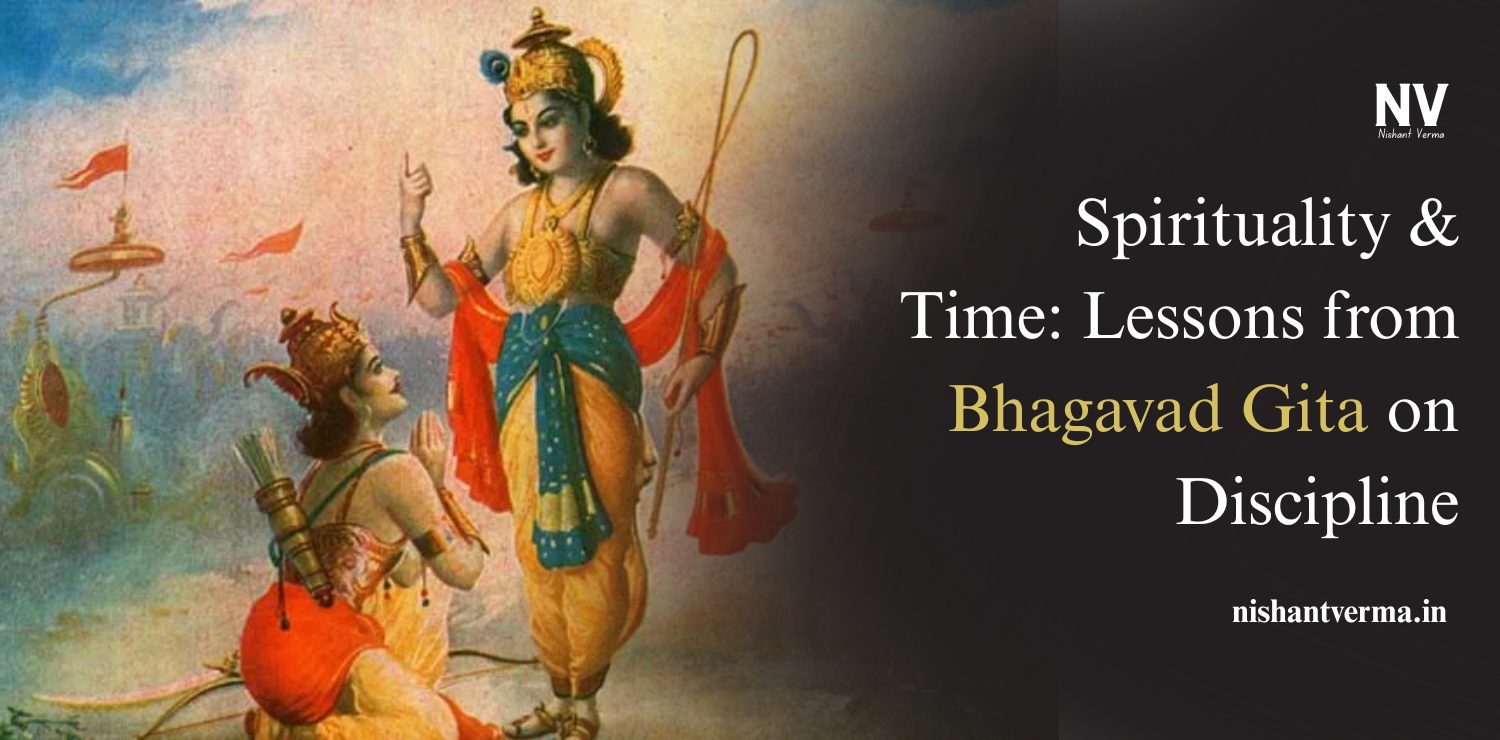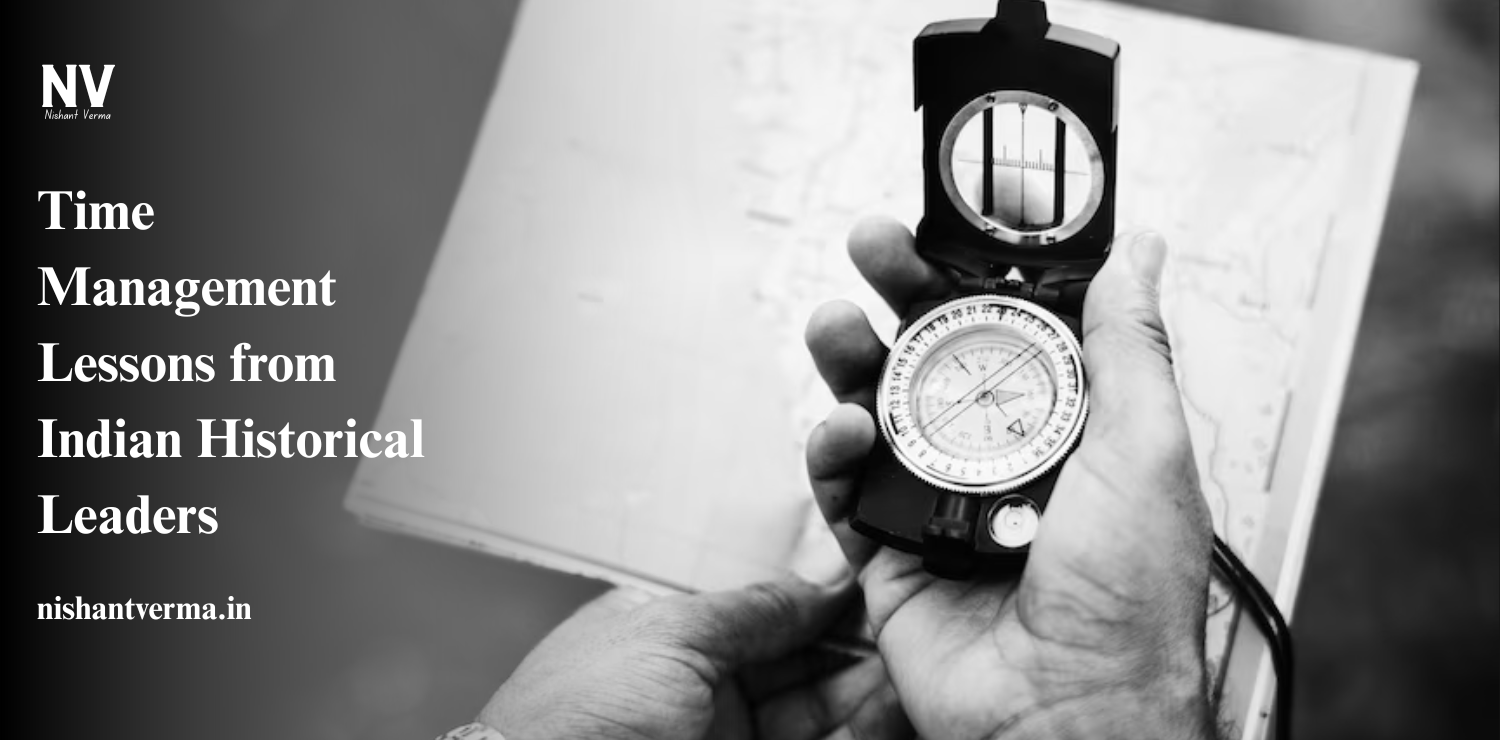Caste-based politics is a major part of India’s history and continues to play a role in today’s society. It has shaped how people vote, how they are treated, and how the country has developed over time. To understand its impact, we need to look at what caste-based politics means, how it has affected India after independence, and the good and bad sides of this influence.
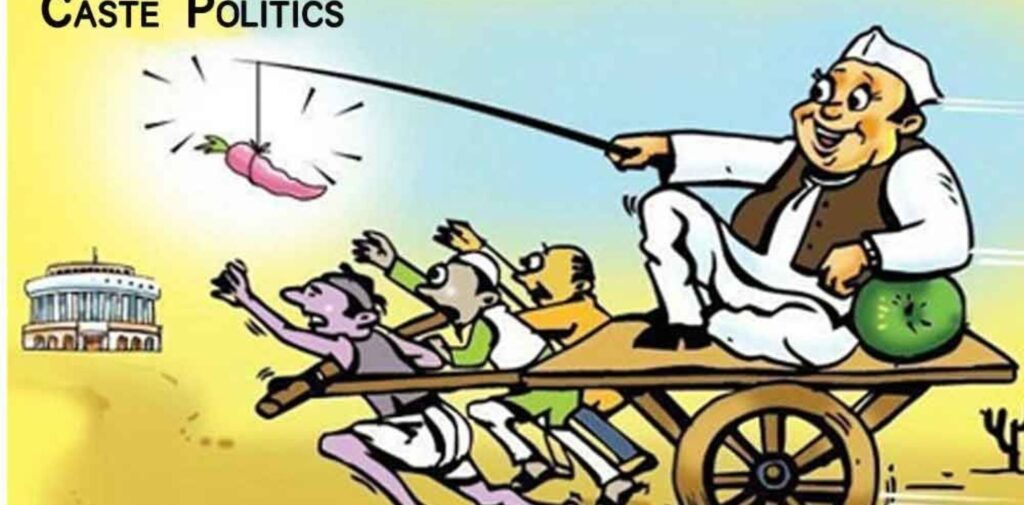
What Is Caste-Based Politics?
Caste-based politics refers to the way political parties or leaders use people’s caste identities to gain votes and power. In India, caste refers to a system that divides people into different social groups. These groups are based on birth and are connected to jobs, social status, and opportunities. The caste system has been a part of Indian society for thousands of years.
Even after India gained independence in 1947, and the caste system was officially banned, caste-based identities still remain a big part of social life. People from different castes often have different life experiences, and this has been used in politics.
How Caste-Based Politics Began in India
When India gained independence from British rule, it was a huge moment for the country. However, the country still faced challenges. One of the biggest challenges was caste-based discrimination. Many groups, especially Dalits (once called “untouchables”), faced severe injustice and were treated as inferior to others.
Leaders like Dr. B.R. Ambedkar, who was from a Dalit background, fought for the rights of these people. He helped create the Indian Constitution, which promised equality for all citizens, regardless of caste. But, even though the Constitution banned caste-based discrimination, the practice didn’t disappear overnight.
Why Caste-Based Politics Became Important
After independence, some political leaders and parties realized that the caste system still affected people’s lives deeply. In elections, many parties started using caste identities to form alliances, gain votes, and win power. Some groups, who had been oppressed for years, were given special privileges to help them catch up in society. These include:
- Reservation: The government created quotas, or special positions, in education, jobs, and even in the political system for people from backward castes like Dalits and OBCs (Other Backward Classes).
- Affirmative Action: To help those who faced discrimination, policies were introduced to give them better chances for education and jobs.
These moves were meant to fix the wrongs done to these communities, but they also became a central feature of Indian politics. Leaders and political parties began appealing to these groups to get their votes.
Positive Effects of Caste-Based Politics
1. Giving Voice to the Marginalized
Before caste-based politics, many groups, especially Dalits and people from lower castes, had little say in the government. They faced discrimination in every part of life—from education to jobs to basic social rights. But with caste-based politics, these communities got a voice. Leaders from these communities fought for their rights, and policies were created to improve their lives.
2. Education and Employment Opportunities
One of the best things that caste-based politics has done is to help people from lower castes get better education and jobs. With special quotas for Dalits, OBCs, and other backward communities, these groups have had better chances to go to school, get jobs, and improve their lives. It has helped many people break free from the cycle of poverty and gain respect in society.
3. Empowerment of Women and Other Groups
Caste-based politics also helped bring other marginalized groups into the mainstream, such as women from lower castes. These women were often doubly oppressed—because of both their caste and their gender. But caste-based politics helped these women gain political power and demand equal rights, just like their male counterparts.
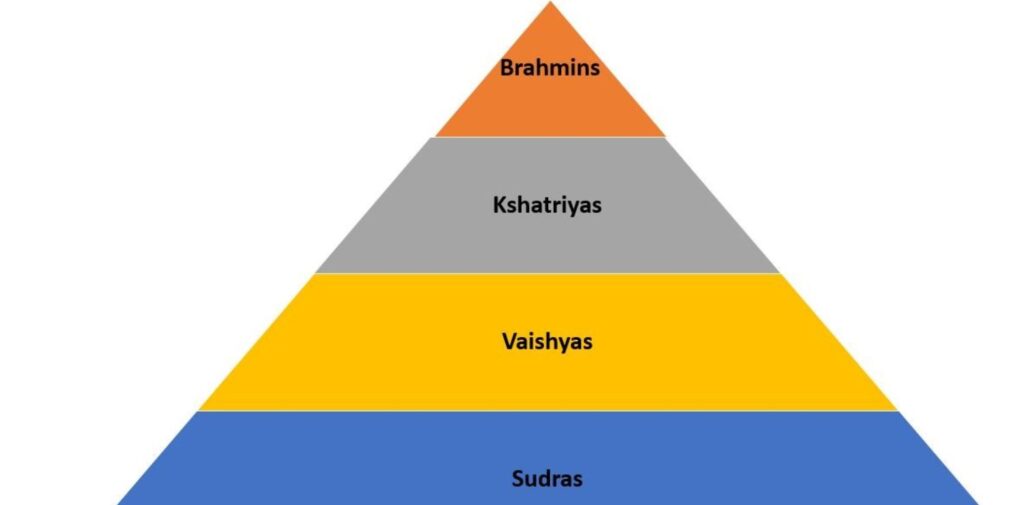
Negative Effects of Caste-Based Politics
1. Strengthening Caste Divisions
One of the problems with caste-based politics is that it keeps caste identities alive. While it helps some people, it also deepens the differences between castes. Instead of breaking down the barriers that divide people, caste-based politics can sometimes strengthen them. People start to think more in terms of their caste group than their country or society as a whole.
2. Vote Bank Politics
Many political parties in India use caste-based politics as a tool to create “vote banks.” These vote banks are made up of specific caste groups who will support a party or leader because they promise to help that caste. Sometimes, politicians use caste-based promises to get votes, without really focusing on the needs of all people. This can lead to unfair policies that help one group at the cost of another.
3. Political Opportunism
Another issue with caste-based politics is that some politicians exploit caste differences to gain power. They might make false promises or create tension between castes just to win elections. This leads to social unrest and creates conflicts between different groups, who start blaming each other for their problems.
4. Ignoring Real Issues
Sometimes, caste-based politics makes it hard for politicians to focus on important national issues like poverty, education, healthcare, and employment. They may spend too much time talking about caste and not enough about the things that affect everyone, regardless of caste. This can slow down the progress of the country and make it harder for people to work together as one nation.
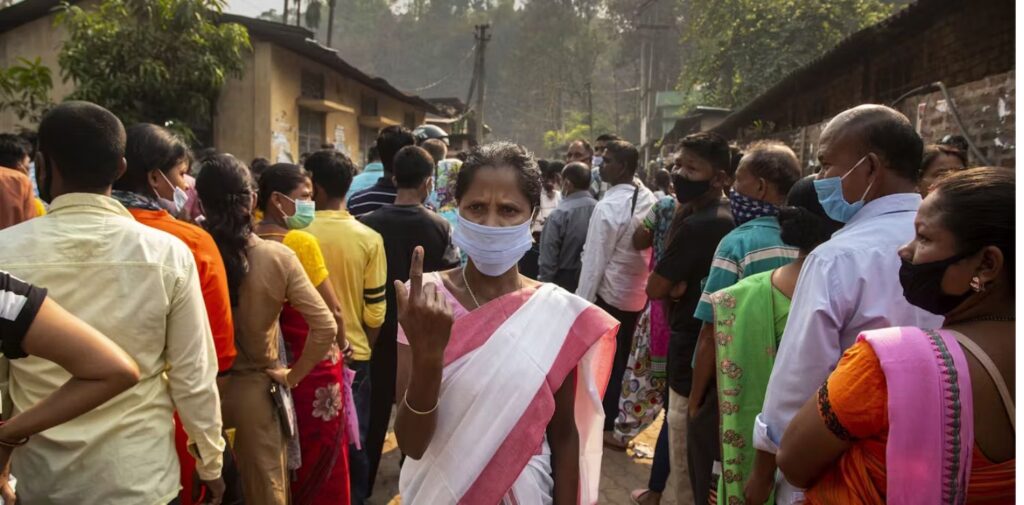
How Caste-Based Politics Affects the Country Today
Even today, caste-based politics continues to be an important part of Indian elections. In some states, political parties often form alliances with specific caste groups to gain more support. However, there are signs that things are slowly changing. Many younger people, especially in cities, are less likely to vote based on caste and more likely to vote based on issues like education, jobs, and the economy.
The rise of social media and a more educated youth population is making it easier for people to break free from old caste identities and look at national issues in a new way. But caste still plays a big role in rural areas and in politics, especially when it comes to voting and representation.
Conclusion
Caste-based politics has had both positive and negative effects on Indian society. It has helped bring justice and opportunities to people who were once oppressed, but it has also deepened divisions in society. While caste-based policies like reservations have improved the lives of many, they have also led to political manipulation and the strengthening of caste identities.
The challenge for India’s future is to create a society where people are not divided by caste. While caste-based politics helped in the past, India’s growth and unity in the future will depend on moving beyond caste and focusing on shared national goals. Only then can India truly become a society where every person, regardless of caste, has equal opportunities and is treated with dignity and respect.
In the end, caste-based politics is a part of India’s history, but its future depends on how we choose to move forward—together.

